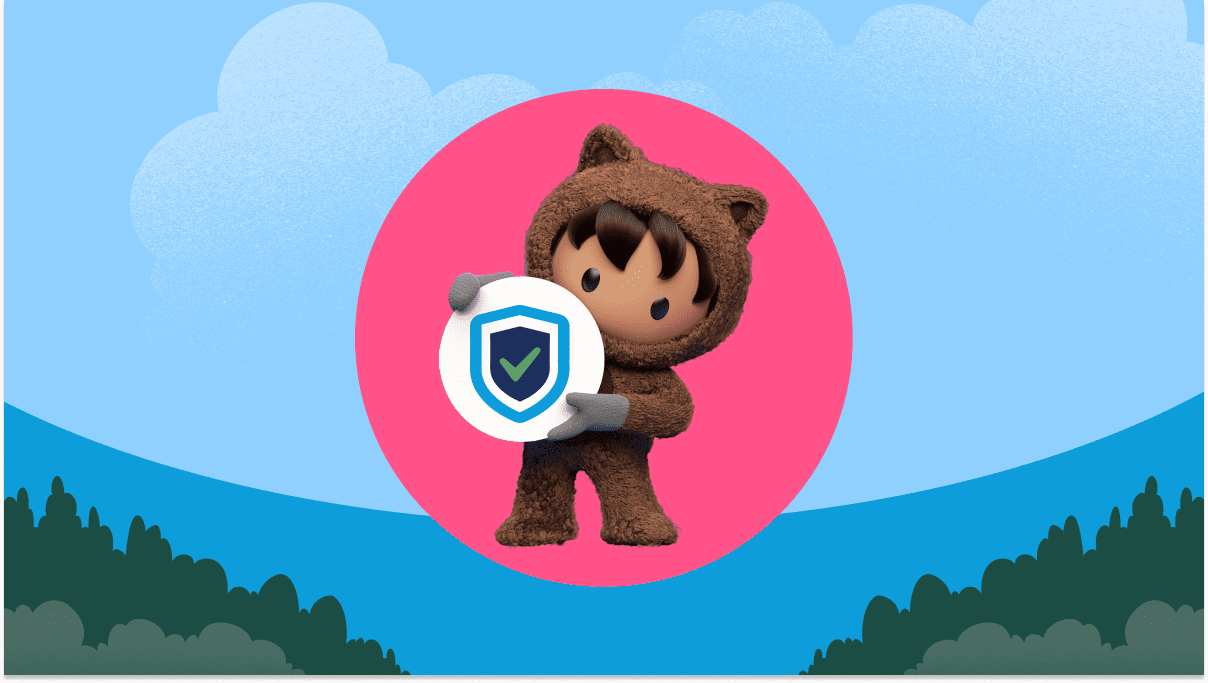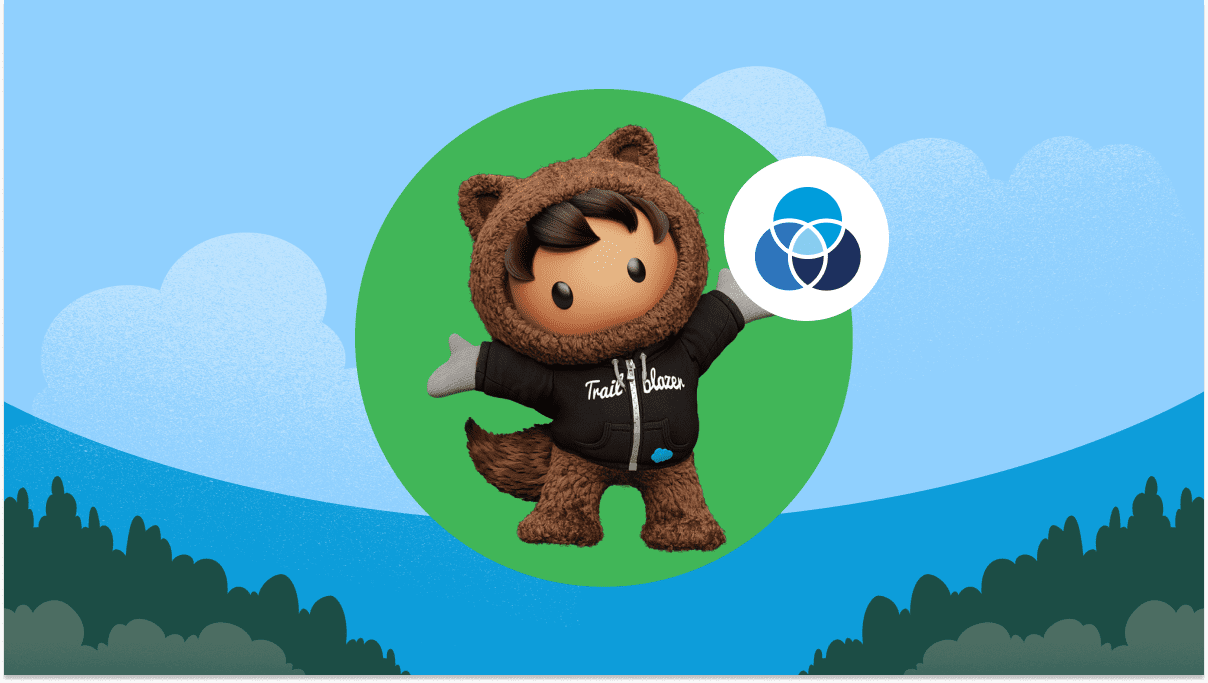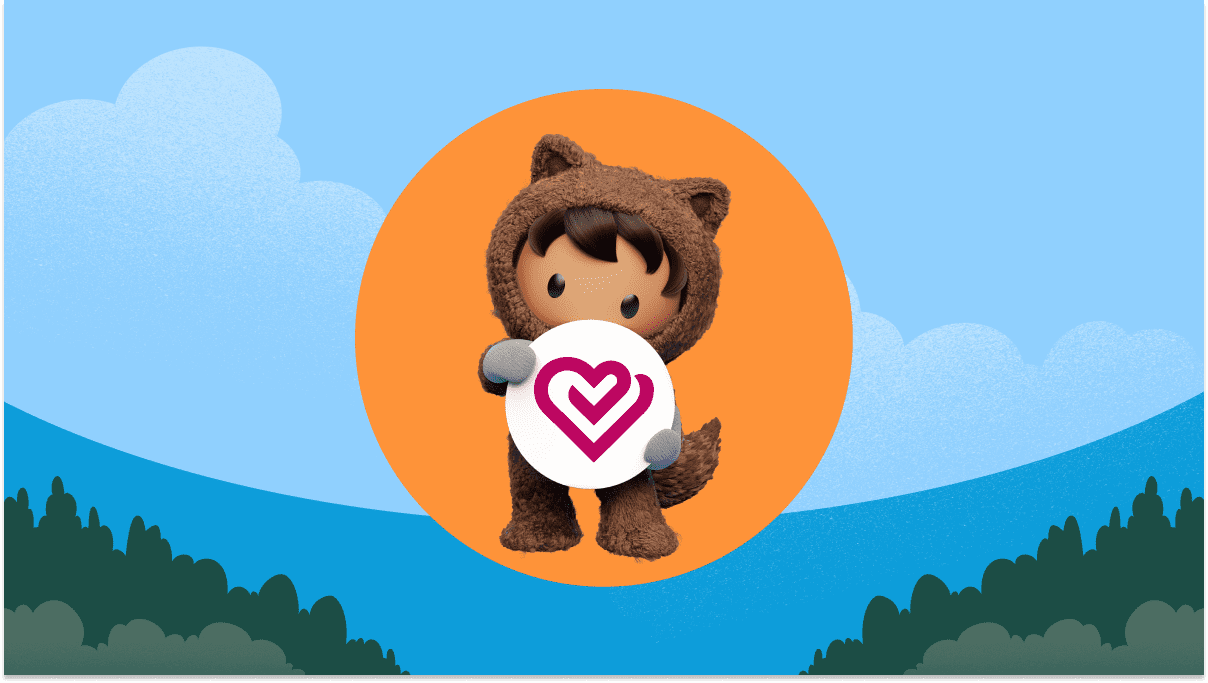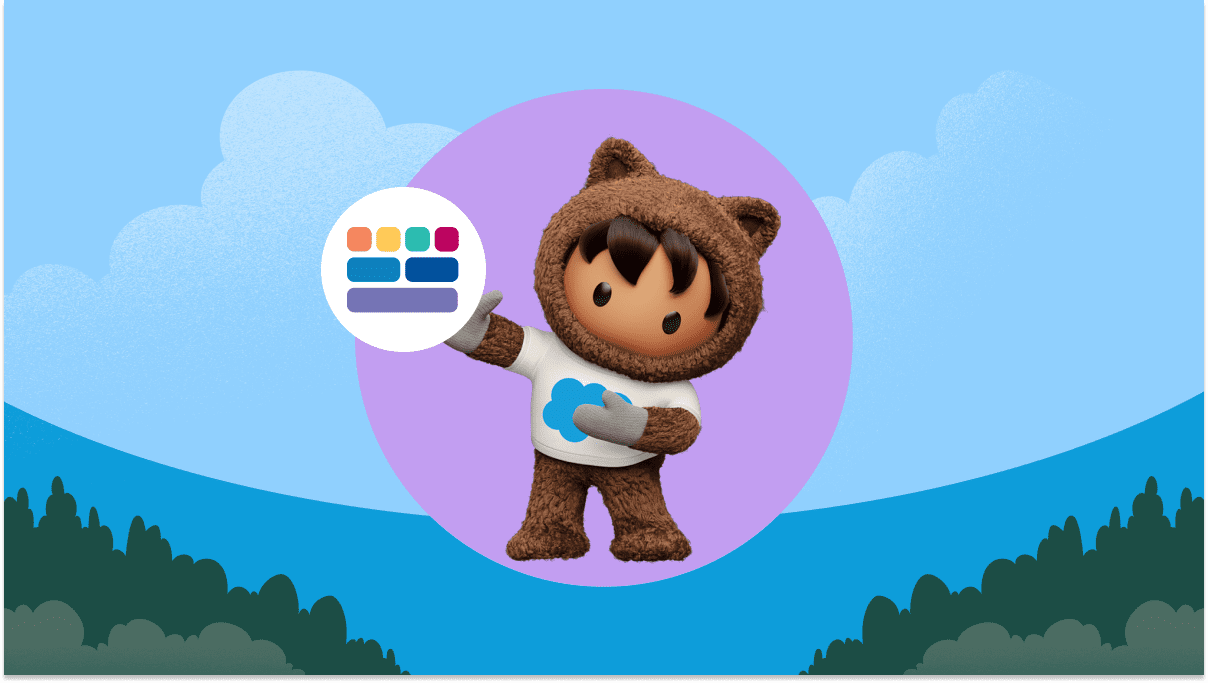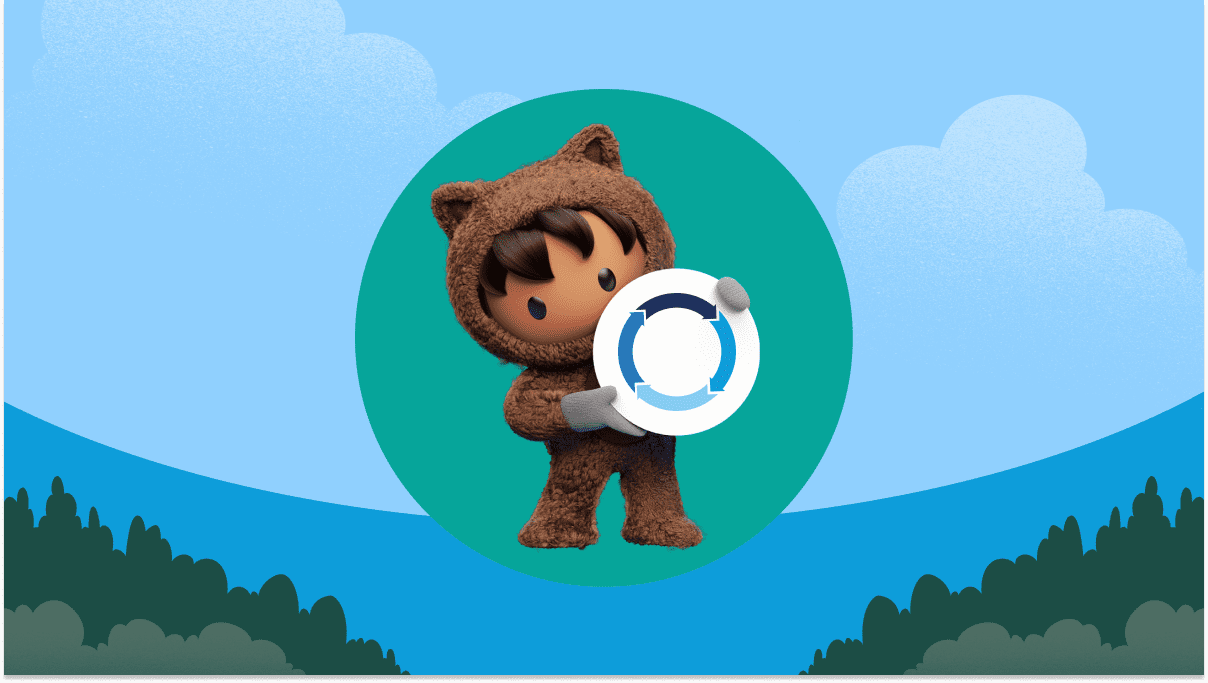Chapter 3: How You Engage Customers
Build Customer-Centric Business Processes
Your business practices are your company’s habits — repeatable behaviors that enable you to scale effectively. In a product-centric world, your business processes optimize how you manufacture, market, sell, and service those products. In a customer-centric world, you still need to do all of that, but you also have to think about all of your activities from the customer’s perspective.
Your goal is to make it easy for your employees to make it easy for your customers.
Well-designed customer experiences have never been more relevant. Research shows:
- Salespeople, once solely focused on closing transactions, now track customer satisfaction more than any other metric.
- The majority (88%) of high-performing marketers say they lead customer experience initiatives across their organizations.
- Even leaders in information technology (IT) now recognize customer experience as an increasingly important measure of success for digital transformation projects.
The only way to deliver an excellent customer experience is to enable employees at every stage of the customer journey. For example, reducing the number of steps in a transaction could be the start of a journey toward making that whole transaction “invisible” from the customer’s perspective.
Traditional approaches to the design of new products, services, and experiences usually start from a business-first or technology-first perspective. A customer-centric approach starts with the user experience, and considers the needs of both the customer and the employee, including the relationships between them.
Consider the way Uber redesigned the entire experience of getting a ride. They removed every area of friction: No standing in the rain to hail a cab, no waiting to exit your ride to pay. At the same time, they made it easy for drivers to find riders. This combination of improved customer and workforce experience revolutionized an industry.

Define the Jobs to be Done
The heightened stakes for customer expectations mean you have to solve for the customer’s job to be done — what the customer hopes to accomplish — at every moment. By defining your customers’ jobs to be done, you’ll be in a better place to meet their needs and reconfigure your business practices to respond to their demands.
This practice helps you develop a more complete view of the customer and how they use your products and services to solve real challenges in their lives. Invest time in learning who your customers are and why they behave as they do.
How You Get Started: Pick One Customer Touchpoint
When there is an issue, why should customers have to call you? Instead, can you identify the problem and proactively engage in solving it? Think about the last time your flight was canceled. Chances are, you were already rebooked before you even knew there was a cancellation. With the right data and processes in place, the airline can move the customer from a canceled flight to an alternative one before they even know there is an issue.
Service like this is the company imagining what the customer needs, when they need it, and why. Find a way to make it effortless for your customers to get what they need.
Key Actions to Take
Identify target personas and their unique behaviors.
- Designate a group of experts to deeply understand the needs of users in order to inform products, marketing, and processes.
- Divide your customer base into smaller persona groups to help you tailor messaging, product development, and relationship management.
- Map out a journey for each persona, outlining the job to be done at each stage of the experience.
Enable the full power of your company.
- Empower your organization as one team serving the customer through a single source of truth.
- Ensure consistent tracking of each interaction between you and your customers.
- Use that data to inform a short- and long-term roadmap of products and features.
Optimize to deliver personalized customer journeys at scale.
- Develop a plan to engage your customers using cross-channel communication. Give everyone in the company exposure to customer interactions and opportunities to interact with customers directly.
- Integrate data points so you have a complete picture of customer experiences.
Think big, but break down your vision into smaller components.
- Throw out everything you know, don’t make untested assumptions, and prioritize a minimum viable product (MVP) to prove the value.
- Iterate with rapid prototyping to design a product or experience that is desirable, feasible, and viable.
- Focus on building a solution that users want, can be built with relative ease, and helps you reach your outcomes now and later, as you adapt.

product
What is Salesforce?

Guide
State of the Connected Customer

Guide
4 Signs Omni-Channel Customer Service Is Broken — and How to Fix It
More Resources

blog
Customer Centricity: What Is It and How to Achieve It?

product
Unite your teams and wow your customers with Customer 360 and Salesforce Genie.

White Paper
The Impact of Digital Transformation During Times of Change

